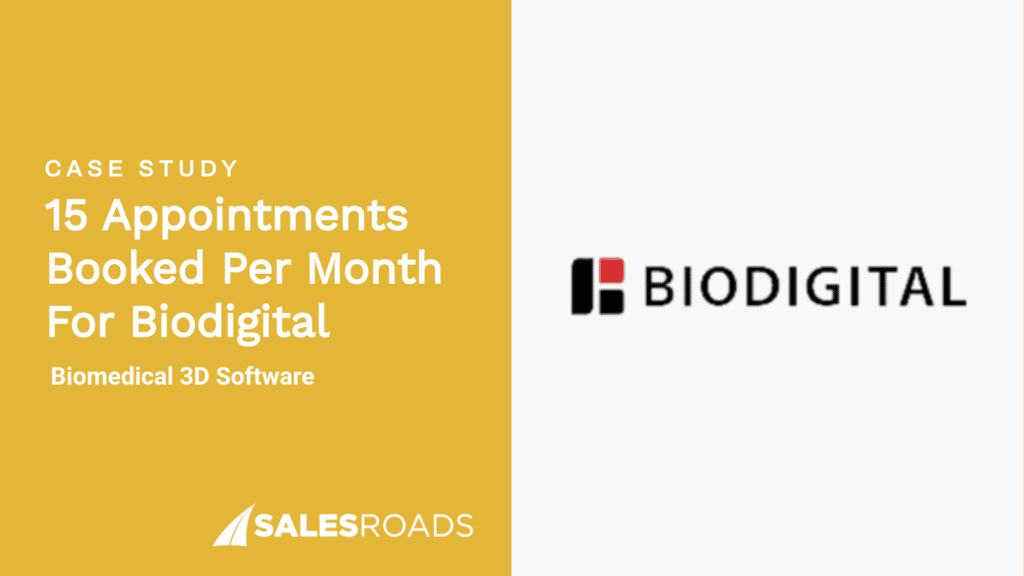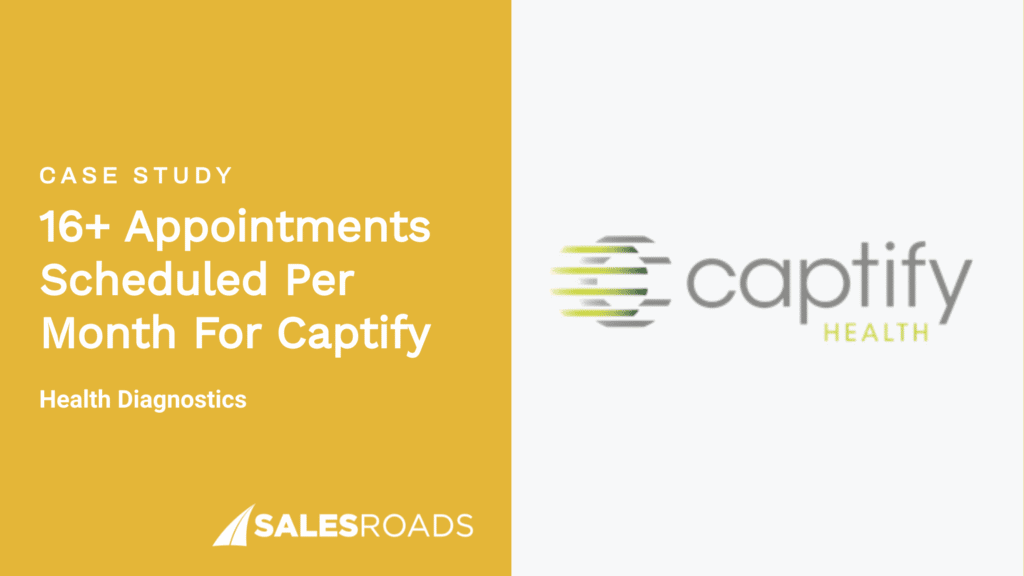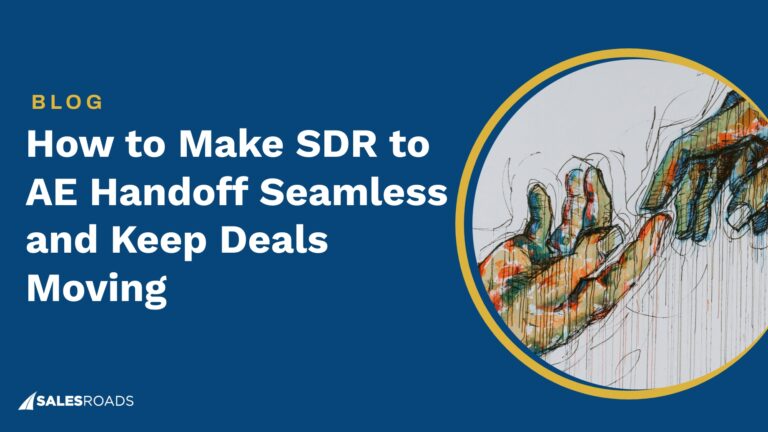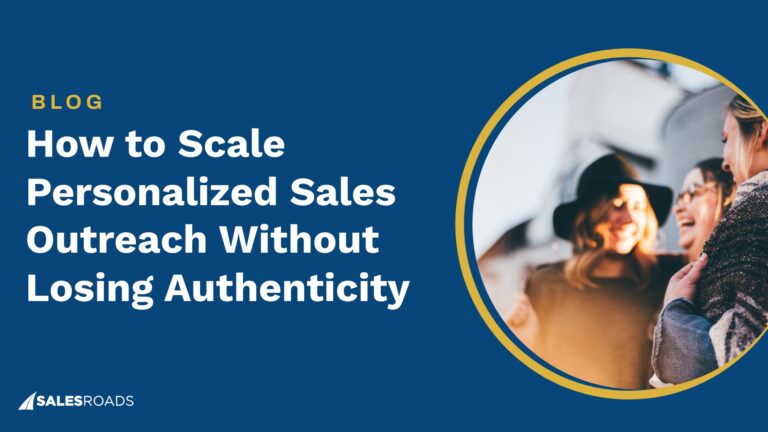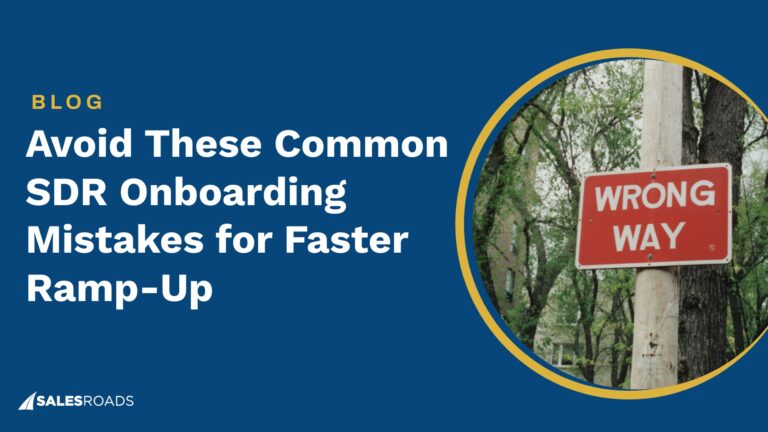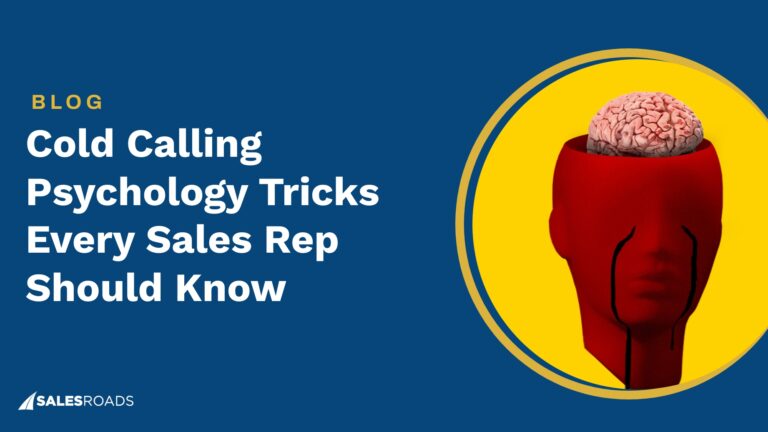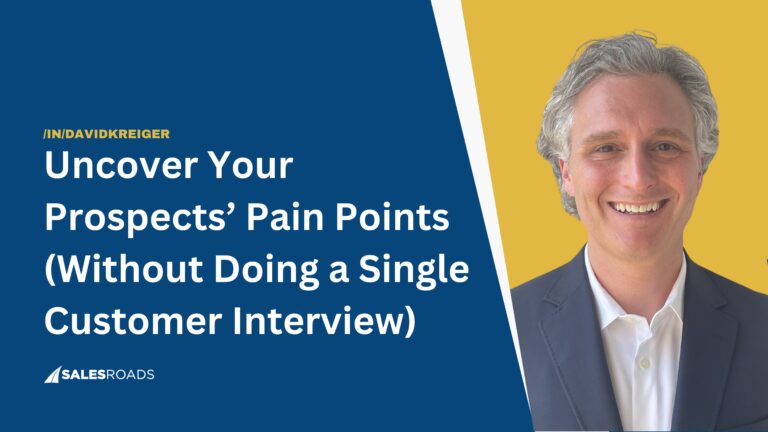When building a sales development team, one of the first questions companies face is: Should we hire an SDR or a BDR? The confusion is understandable. These roles often overlap, and many use the titles interchangeably.
But here’s the truth: while both SDRs and BDRs are essential to growing your pipeline, their focus, responsibilities, and outcomes are different. Choosing the right role to prioritize can directly impact your ability to generate qualified leads and close new business.
What Is an SDR and What Do They Do?
A Sales Development Representative (SDR) is responsible for generating new sales opportunities by engaging with potential customers early in the buying process. SDRs are typically focused on top-of-funnel outreach and work closely with account executives (AEs) to hand off qualified leads.
The day-to-day work of an SDR includes:
- Cold calling and cold emailing prospects
- Following up on marketing-generated leads
- Engaging with contacts on LinkedIn or other platforms
- Qualifying leads based on criteria like budget, need, and timeline
- Booking discovery meetings for sales reps or AEs
In many organizations, SDRs are laser-focused on outbound prospecting. Their success is often measured by metrics like the number of meetings booked or the volume of qualified leads they generate.
On average, SDRs book around 15 meetings per month, and over 80% of those meetings actually happen. This predictability makes them vital to a scalable outbound engine.
If your company is looking to build a predictable and scalable outbound engine, an SDR is the role to start with. They’re trained to break through noise, initiate interest, and fill your pipeline with potential buyers.
What Is a BDR and What Are Their Core Duties?
A Business Development Representative (BDR) is also a sales development role—but with a broader scope. While SDRs tend to focus on cold outreach for pipeline creation, BDRs often work on larger, strategic opportunities.
Their responsibilities may include:
- Identifying and developing new business opportunities
- Prospecting for channel partners or strategic alliances
- Expanding into new market segments or industries
- Nurturing inbound leads that require more education or discovery
- Building long-term relationships with stakeholders in complex deals
Research shows that 85% of BDRs today are still actively involved in outbound work. However, unlike SDRs, BDRs often engage in deeper, more consultative conversations.
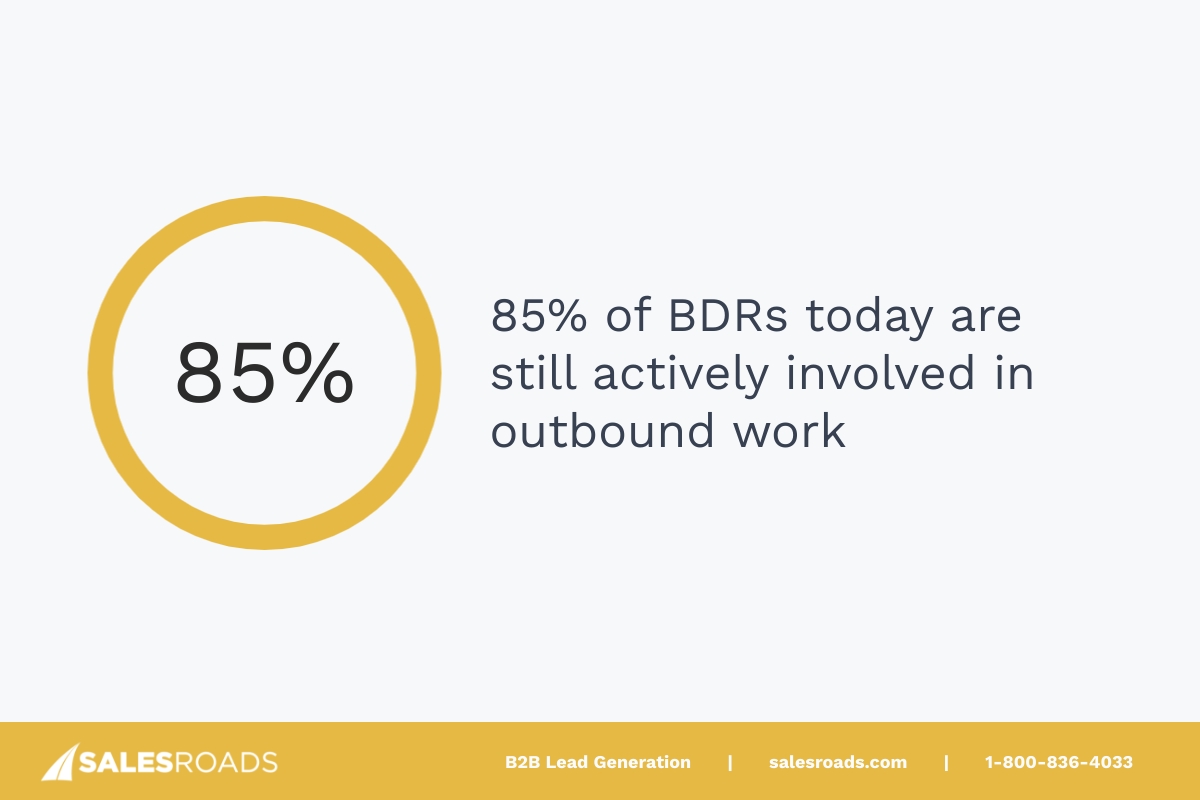
For instance, a BDR might focus on building a business case for an enterprise buyer or exploring strategic partnership opportunities in a new market vertical.
SDR vs BDR Responsibilities: A Side-by-Side Comparison
While SDRs and BDRs share some overlap, their day-to-day responsibilities and strategic impact differ in key ways.
The table below offers a quick side-by-side comparison to help you understand how these roles function and where each one fits into your sales strategy.
| Feature | SDR (Sales Development Rep) | BDR (Business Development Rep) |
| Lead Source Focus | Primarily outbound | Inbound, outbound, or hybrid |
| Goal | Book meetings for Account Executives | Identify and develop new business opportunities |
| Buyer Interaction Depth | Light touch, early-stage conversations | Deeper, more strategic conversations |
| Market Focus | Existing target market | New markets, industries, or verticals |
| Sales Funnel Stage | Top-of-funnel | Mid-to-top funnel with strategic overlap |
| KPIs | Number of meetings set, qualified leads | New accounts opened, partnerships initiated |
| Cycle Complexity | Shorter, repeatable cycles | Longer, more exploratory or complex cycles |
Lead Source Focus
SDRs are laser-focused on outbound prospecting. They build lists, send cold emails, and make cold calls to engage leads who haven’t yet interacted with your company. It’s a volume game, and success depends on outreach consistency and message testing.
BDRs often take a hybrid approach. They might follow up with high-intent inbound leads who need further qualification or go outbound into untapped markets. Their broader focus allows them to pursue leads from different sources and adjust based on strategy.
Goal
The main goal of an SDR is to book qualified meetings for the sales team. They pass the baton once interest is confirmed and criteria are met.
BDRs, on the other hand, aim to uncover new business avenues. That could mean breaking into a new market, developing a relationship with a potential partner, or creating long-term pipeline opportunities that aren’t yet sales-ready.
Buyer Interaction Depth
SDRs engage buyers with brief, focused conversations—just enough to gauge interest and qualify the lead. Their role is to spark curiosity, not close the deal.
BDRs go deeper. They often handle more nuanced discussions that require listening, understanding pain points, and framing solutions in strategic terms. Their conversations are often the foundation for more complex sales motions.
Market Focus
SDRs generally stay within the company’s established ICP and known market segments. Their goal is to scale what’s already working and feed the sales team with predictable, qualified leads.
BDRs may focus on new verticals or untapped market segments. They’re often tasked with testing messaging in unfamiliar territory or opening conversations in industries where your company hasn’t built a presence yet.
Sales Funnel Stage
SDRs work at the very top of the funnel, engaging leads early and qualifying them before passing them on to AEs or closers.
BDRs operate closer to the middle of the funnel, especially when handling inbound interest or working strategic accounts. Their efforts may involve nurturing, educating, and even pre-selling before an AE gets involved.
KPIs
SDRs are usually measured by activity-based and output-based metrics: number of calls, emails, meetings booked, and opportunities created.
BDRs are evaluated on broader strategic KPIs. This could include number of new logos uncovered, quality of new pipeline generated, or the value of opportunities influenced through strategic work.
Cycle Complexity
SDRs deal with shorter, repeatable sales cycles, targeting leads that fit a clear ICP with a direct path to qualification.
BDRs navigate longer, less defined cycles. Their work often involves education, multiple stakeholders, and exploratory conversations that take time to develop into pipeline.
Who to Hire First: SDR vs BDR?
When it comes to scaling your sales team, one of the biggest questions is whether to bring on a sales rep or a BDR first. Both roles are important for driving growth, but the right choice depends on your company’s stage, your sales goals, your product’s complexity, and the structure of your current sales team.
There’s no one-size-fits-all answer, but making the wrong hire can delay pipeline growth and put unnecessary strain on your account executives or marketing team.
Hire an SDR First If…
You Have No Pipeline
If you’re just getting started and don’t yet have a steady flow of qualified leads, hiring an SDR should be your first move. SDRs specialize in outbound prospecting—cold calling, cold emailing, and booking discovery meetings with net-new leads. They’re the best choice if your priority is filling the top of the funnel fast.
Without a dedicated SDR, your AEs will likely spend too much time chasing unqualified leads instead of closing deals. An SDR can take that load off, allowing your closers to stay focused on revenue-generating activities.
You’re Looking for Quick Top-of-Funnel Volume
Maybe your product is ready, your go-to-market messaging is in place, and your CRM is set up—but you’re not getting in front of enough prospects. An SDR is built for this. Their daily workflow is optimized to create high volumes of outreach and engagement, all aimed at setting qualified appointments.
This is especially valuable if you’re running outbound-heavy sales motions or have a clear Ideal Customer Profile (ICP) that you want to aggressively target.
Your AE Team Is Ready to Take Meetings
If your Account Executives have time on their calendars and you’ve already built a closing process, the missing link is usually consistent, qualified meetings. Bringing in an SDR can dramatically improve AE productivity by serving them leads that are already vetted.
In this scenario, an SDR-to-AE handoff model works perfectly: SDRs drive interest and vet opportunities, and AEs take it from there to move deals down the funnel.
Hire a BDR First If…
You’re Focused on Strategic Growth or Market Expansion
If your organization is entering new verticals, exploring untapped regions, or trying to develop partnerships and strategic accounts, a BDR may be the better fit. Unlike SDRs, BDRs can operate with a more flexible charter.
They’re not just booking demos; they’re identifying larger business opportunities and helping your company break into new areas.
This is especially useful for SaaS companies or enterprise vendors looking to grow accounts over time, not just secure quick wins.
You Have Strong Inbound Traffic But No One to Qualify and Convert
Inbound leads are great until they sit untouched in your CRM. If you have high website traffic, demo requests, or content downloads, but no one dedicated to qualifying and nurturing those leads, you’re missing revenue.
BDRs are often better suited for handling and converting marketing-qualified leads (MQLs). They’re trained to have more in-depth conversations with curious prospects, uncovering real pain points and guiding them toward solutions. If you don’t need cold outreach right away, a BDR can help you capitalize on the interest you’re already generating.
You Sell Enterprise or Long-Cycle Deals Requiring High-Touch Intro Calls
If your product is complex, your deals are large, and your sales cycle involves multiple stakeholders, you likely need a BDR first. These buyers often expect more than a quick call. They want a consultative conversation that frames your solution in the context of their business needs.
BDRs excel at handling nuance, building rapport, and initiating long-term relationships. They can serve as trusted guides at the beginning of multi-touch sales journeys, preparing the ground for AEs to step in with tailored proposals later on.
Bottom Line
The difference between SDR and BDR roles isn’t just about titles; it’s about strategy. The best choice for your first hire comes down to the type of motion you’re trying to build.
Do you need volume and speed? Start with an SDR. Are you targeting high-value accounts and long-term growth? A BDR is your best bet.
No matter which role you choose, define your expectations, build a process around the role, and make sure they have the tools and training to succeed.
When done right, your first hire, SDR or BDR, can be the foundation for a scalable, high-performing sales organization.


